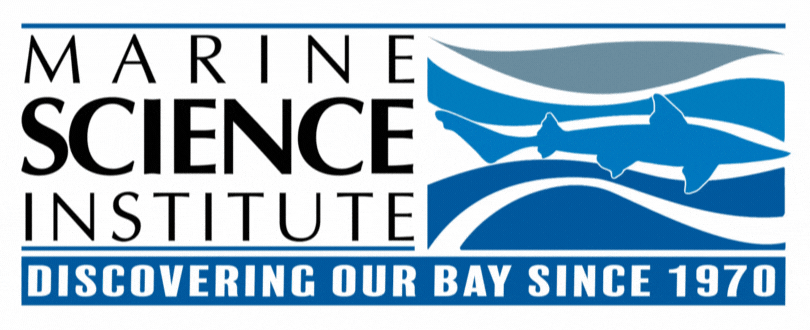
SHORESIDE
Monday - Saturday
2 - 4 hours
Grades K and up
30 - 60
students
NGSS Connections (Science Content Standards Set by CA Sate Education Board for Public Schools)
K - 2nd Grade Disciplinary Core Idea's (DCI): LS1.A (Adaptation), LS1.B, LS1.C (Food Web), LS1.D (Adaptation), LS3.B, LS4.A (Food Web), LS4.D (Biodiversity), ESS2.C, ESS2.D, ESS2.E (Human Impact or Biodiversity), ESS3.A, ESS3.C (Human Impact or Biodiversity), PS2.A, PS3.B, ETS1.A (Adaptation)
3rd - 5th Grade DCI's: LS1.A (Food Web or Adaptation), LS1.B (Biodiversity or Adaptation), LS1.C (Food Web), LS1.B (Adaptations), LS2.A (All themes), LS2.B (Food Web), LS2.B (Adaptation), LS3.A (Food Web or Adaptation), LS4.A (Food Web), LS4.B (Food Web, Biodiversity, or Adaptation), LS4.C (All themes), LS4.D (All themes), ESS3.C (Food Web, Biodiversity, or Adaptation), PS1.A, PS3.D (Food Web)
6th - 8th Grade DCI's: LS1.B (Biodiversity or Adaptation), LS1.C, LS1.D, LS2.A (Human Impact, Food Web, or Biodiversity), LS2.C (Human Impact, Food Web, or Biodiversity), LS4.C (Biodiversity or Adaptation), LS4.D (Human Impact, Food Web, or Biodiversity), ESS2.C (Human Impact), ESS3.C (Human Impact or Biodiversity), PS3.D
Shoreside Pricing
Prices are reflective of program date: September - February/March - August. Please contact us for more information.
TWO STATION PROGRAM
2 hour program
$560/585* up to 30 students - 2 instructors
THREE STATION PROGRAM
2.5 hour program
$590/615* - up to 30 students - 2 instructors
$710/735* - 31 to 45 students - 3 instructors
FOUR STATION PROGRAM
3 hour program
$620/645* - up to 30 students - 2 instructors
$740/765* - 31 to 45 students - 3 instructors
$860/885* - 46 to 60 students - 4 instructors
FIVE STATION PROGRAM
4 hour program
$1010/1035* - 61 to 75 students - 5 instructors
*Sliding scale available depending on need.
All school programs are automatically subsidized. Our development team works hard to secure funds for teachers. If you need additional financial assistance please contact us. We may be able to offer extra scholarships.
Click here to start the additional sponsorship process.
Station Options
Bay Fish
Using a beach seine, students work together as a team to collect various fish from the Bay. Students study live fishes using observation, touch, and tools. They identify different species and recognize their characteristics while learning about each animal’s adaptations and roles in the San Francisco Bay ecosystem.
Benthic Invertebrates
Using a Peterson Mud Grab, students collect a sample of sediment from the bottom of the Bay (the benthos). They explore their sample, touch the mud, and discover live invertebrates.
Plankton
Students use a plankton net to gather samples directly from the Bay, which they view using microscopes in our Plankton Lab. Students learn about these important organisms and their major global role.
Sharks
Students get a close look at leopard sharks, which they observe and touch in our aquarium. They learn how these cartilaginous fish survive and thrive in the San Francisco Bay by studying shark artifacts and learning about their unique adaptations.
Hydrology
Students collect multiple water samples using a Van Doren bottle to study and compare. They discuss what influences water quality, and how it can affect the organisms living in it.
Marine Mammals
Students learn how mammals survive in an aquatic habitat by participating in hands-on activities and exploring artifacts from local mammals, including a 45-foot grey whale skeleton and a life-size replica of an orca.
Forms and Information
The Shoreside program, based at our facility in Redwood City, offers a variety of hands-on activities that challenge students and ignite their curiosity. Students learn respect and stewardship for the Bay with inspiring experiences led by expert marine educators.
This program includes two to five stations chosen from the six options listed above, unified by a central theme. Students explore these topics using scientific methods and equipment. They interact with artifacts and live animals while developing teamwork and critical thinking skills.
